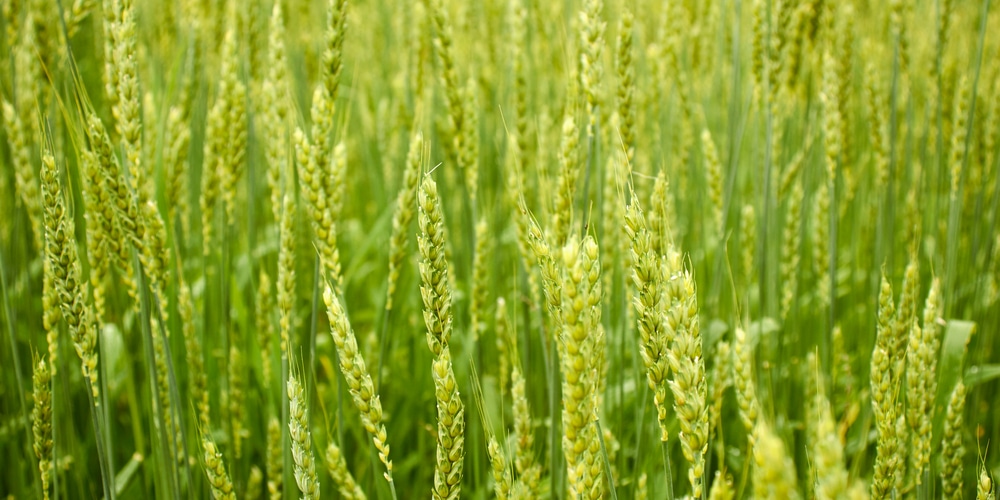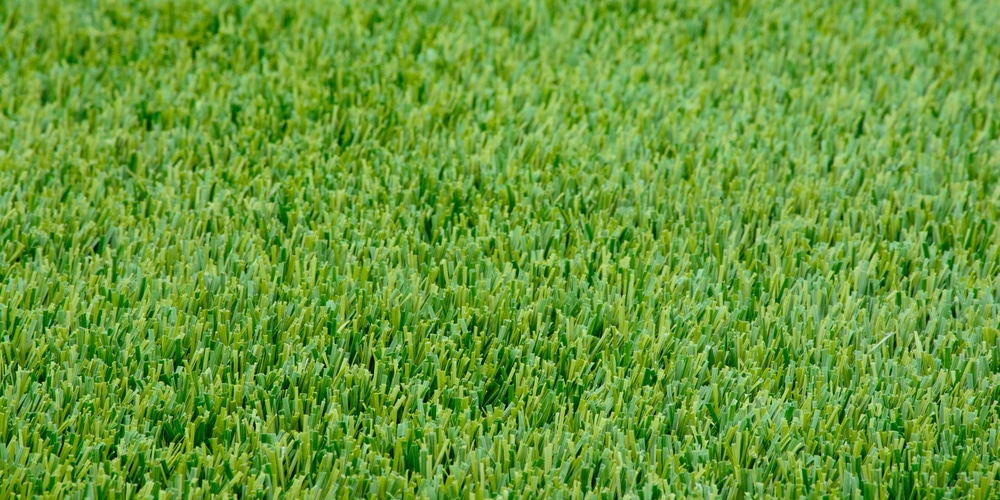Ryegrass is a dark green, low growing grass with a smooth and hairless surface. It’s a high-quality grass, but it is considered a weed in vegetation and grain fields. If you don’t learn how to control it, it could cause problems with your warm-season grass. Here are disadvantages of Rye Grass and the best ways to get rid of rye grass in your lawn!
Disadvantages of Rye Grass
Some of the common disadvantages of Rye Grass in lawn include:
Consumes a Lot of Water
Ryegrass has a high water intake, and if it grows near other plants and lawn plants, the plants will experience a low water intake, leading to poor growth.
Difficult to Destroy
Ryegrass has a high resistance ability to herbicides and other means to kill the grass. This becomes difficult to remove and grow other types of grass because it will in grow the other grasses.
Increases Pest and Disease Pathogens
Ryegrass gives shelter to insects and pathogens that increase or help in introducing diseases to the lawn hence destroying the lawn’s health and safety. Other ryegrass species also have toxic seeds that, when ingested by animals and humans, are poisonous.
Blocks the Flow of Water in Irrigation Channel
Ryegrass blocks drainage in irrigation canals and lawns channels, thereby increasing the losses through overflowing of water. This reduces irrigation balance.
Increases Maintenance Cost
An increase in ryegrass on lawns causes high maintenance costs by increasing the cost of weeding and labour.
How to Get Rid of Rye Grass in Lawn: Control Methods
Burning down of the ryegrass is a control method that is most successful when the plant is small. The burning is done around March or early April. When the ryegrass is let to grow to the flowering stage, it is easier to control it.
Weather conditions can affect how ryegrass can grow. When the weather is not favourable, it is advisable to weed them down at that time. Also, when the water ph changes, the ryegrass won’t grow as expected.
Use of Herbicides
Spray the ryegrass between March to May. At this time, the soil and temperature are in good condition to apply herbicide. You should spray the herbicide before the grass grows to 8 to 20 inches in height.
Applying the herbicides before or after will decrease the effectiveness. Don’t mow the lawn 3 days before spraying it. This will reduce the number of herbicides the rye will absorb. If you apply the herbicide outside the ideal application window, use 2.25 pounds per acre.
Make sure the herbicide mix is compatible with your herbicide sprayer. If the first application did not kill the grass, you should apply the second application to have full results.
Mowing
The surfaces of ryegrass shine light better than the grass, making it easier to differentiate the grass from other grass and plants. When mowing, you should mark the ryegrass with chalk. This will help you identify dead patches in bigger lawns.
Mowing doesn’t kill the grass; it only controls its growth; therefore, it is difficult to kill the grass by just mowing. Mowing the grass before the seed head appears will eventually make the grass die off. You should not water the grass for two weeks after cutting.
Not watering the grass will make the cell die, and it is effective during the hot months.
After mowing, you should cover the mowed areas with a plastic sheet; this will fasten the ryegrass death by reducing the absorption of carbon dioxide, oxygen and nitrogen, which are helpful during photosynthesis and growth. After two weeks, remove the plastic cover and rake the dead grass.
Digging up Rye Grass
When digging up the grass, you should locate the ryegrass you want to remove. You should know ryegrass by its smooth leaves and clumpy flowers. It also has a shiny surface that distinguishes itself from other plants and grasses.
Mark the ryegrass with white chalk to know which grass to remove. You should dig 2 inches around the marked area to remove the root system. If you have difficulty digging, it is advisable to pour water into the soil to make it soft. Cover the ryegrass with landscaping fabric.
This will prevent the grass from getting sunlight leading to the ryegrass reduced in growth. The best time to do this is in the hot months. Remove the fabric after two weeks and remove the dead grass using a thatch rake.
After doing this, look out for left out seeds and remove them all to avoid regrowth of the rye grass on the lawn.
Related Article: How to Kill Rye Grass in a Bermuda Lawn?

